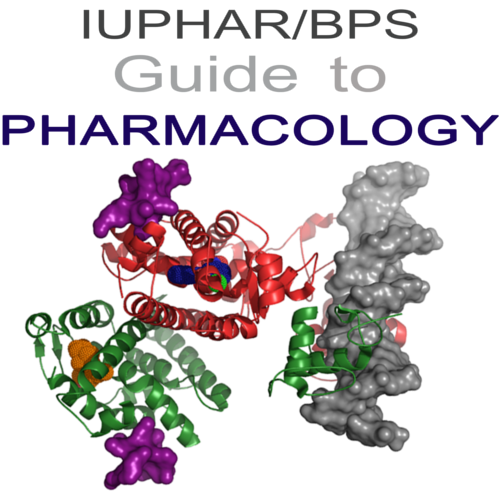Cytochrome P450 in GtoPdb v.2023.1
Abstract
The cytochrome P450 enzyme superfamily (CYP), E.C. 1.14.-.-, are haem-containing monooxygenases with a vast range of both endogenous and exogenous substrates. These include sterols, fatty acids, eicosanoids, fat-soluble vitamins, hormones, pesticides and carcinogens as well as drugs. Listed below are the human enzymes, their relationship with rodent CYP enzyme activities is obscure in that the species orthologue may not metabolise the same substrates. Some of the CYP enzymes located in the liver are particularly important for drug metabolism, both hepatic and extrahepatic CYP enzymes also contribute to patho/physiological processes. Genetic variation of CYP isoforms is widespread and likely underlies a proportion of individual variation in drug disposition. The superfamily has the root symbol CYP, followed by a number to indicate the family, a capital letter for the subfamily with a numeral for the individual enzyme. Some CYP are able to metabolise multiple substrates, others are oligo- or mono- specific. CYP also catalyse diverse oxidation and reduction reactions. These include ring hydroxylation, N-oxidation, sulfoxidation, epoxidation, the dealkylation of N-, S- and O- moieties, desulfation, deamination, as well as reduction of azo, nitro and N-oxide groups.

This work is licensed under a Creative Commons Attribution-ShareAlike 4.0 International License.










